- Author: Kathy Thomas-Rico
By Kathy Thomas-Rico
From where I sit, I have a bird’s-eye view of the changing leaf colors that fall brings. Who says California doesn’t have autumnal color? Vacaville’s stately evergreens — oaks, redwoods, Italian cypress, even palms — are getting some colorful competition from the Chinese pistache, liquidambars and ‘Raywood’ ashes.
Alas, nothing yet from the ginkgos, what some folks call maidenhair trees. Patience pays off with these trees; the colorful show will come a little later in autumn. If you are in the market for a showstopper of a tree, one that’s rather slow growing and pest resistant, a visit to the nursery to look at ginkgos is in order. If your yard is not huge, consider a dwarf or semi-dwarf variety, as full-sized ginkgos can reach 80 feet in height. And make sure you pick out a male ginkgo; female trees produce messy, smelly fruit.
Here are some examples, which should be available regionally. Check online for availability:
‘Jade Butterfly’ — Large, scalloped leaves are divided almost in two in the center evoking the image of fluttering butterflies. As a semi-dwarf ginkgo, one can expect a height of 9-12 feet in about 10 years — less if grown in a container.
‘Jehosephat’ — Very dense and very slow growing. Expect a height of 6-8 feet in 10 years. Height, as with all dwarf and semi-dwarf ginkgos, is variable depending on climate, soil conditions, fertilizer.
‘Mariken’ — This unique ginkgo naturally grows in a tight, globe shape. It is a dwarf yet has a typical leaf size.
‘Munchkin’ — Tiny leaves and twiggy branches. Munchkin is slow growing to around 3 feet in 10 years. This may be the smallest growing of the dwarf ginkgos.
‘Shangri-La’ — A fine, upright growing male variety with golden fall foliage.
‘Thelma’ — New compact form. Some leaves emerge fringed, some are rolled. The same tree will display lacy foliage right next to small, rolled leaves. Thelma is pretty wild.
‘Troll’ — Small, deep green foliage is arranged in irregular clumps. The foliage also appears very dense. Dwarf.
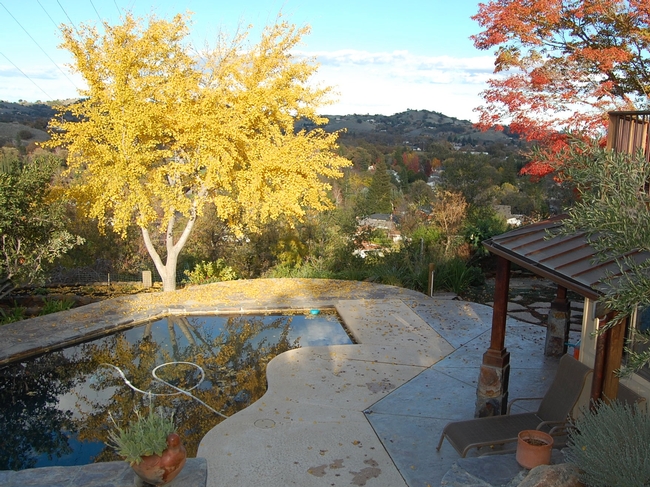
- Author: Marime Burton
Every September and early October I listen to my friend in Salem, MA rave about the fall color where she lives. I’ve seen it and I know what she means. It’s iconic autumn color and it’s spectacular. I’ve often heard out-of-staters pity us because we don’t enjoy a change of seasons that would bring us such glorious landscapes.
What my friends and most others who do not live here don’t understand, is that we do, in fact enjoy vivid fall color; it’s just later in the year. From the Bradford pear trees across the street from me to the Ginkgo down the block, to the spectacular red Chinese Pistache a few blocks away, my neighborhood is awash in fall color. It just happens that it’s December.
Rather than pity us for our lack of seasonal change, non-Northern Californians should marvel at the fact that we can experience all four seasons at the same time! Within a couple of miles of my house I can see trees arrayed in autumn finery, the rich, dark soil of plowed winter fields, beautiful spring grains and grasses sprouting in the valley and up the hill sides, and colorful flowers growing in home gardens.
Aren’t we lucky? Where else could we experience all four seasons in one place and at one time.
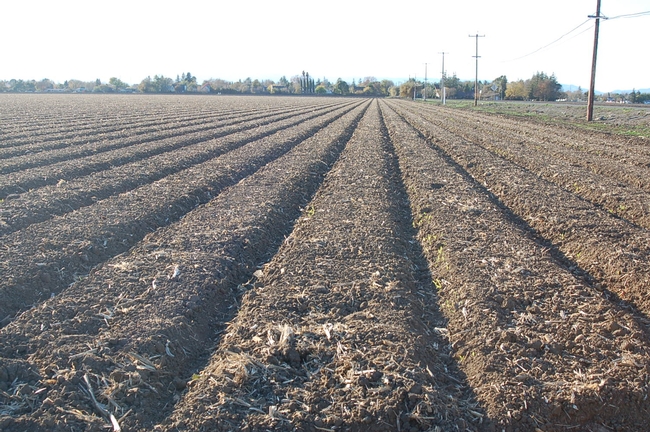
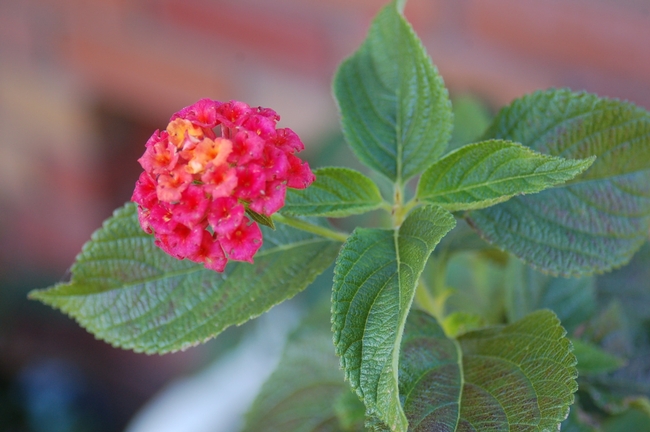
- Author: Patricia Brantley
Having never been to the Eastern United States during the fall season, I can only use the T.V. and photos to get an idea of what the fall color must be in places like Vermont, Connecticut and such. But, like so many things there is always the feeling that I’m missing out on something. Driving around town we see “pops” of color, a line of yellow ginkgos, or purplish-red myrtles, but nothing like we’ve seen in the jigsaw puzzles of the covered bridges with that blanket of red or orange as its backdrop.
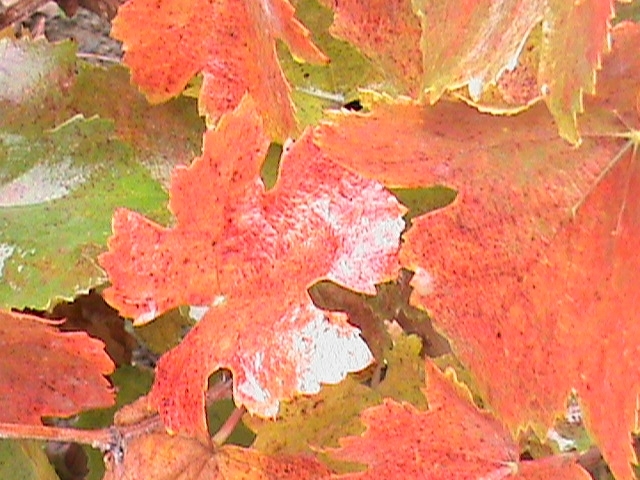
Of course the day I returned it was pouring rain and so the shots I got just don’t do justice, but you get the idea. The colors were still outrageous through the mist and rain. I would highly encourage anyone in search of "color" take a short drive through our local wine country and enjoy.
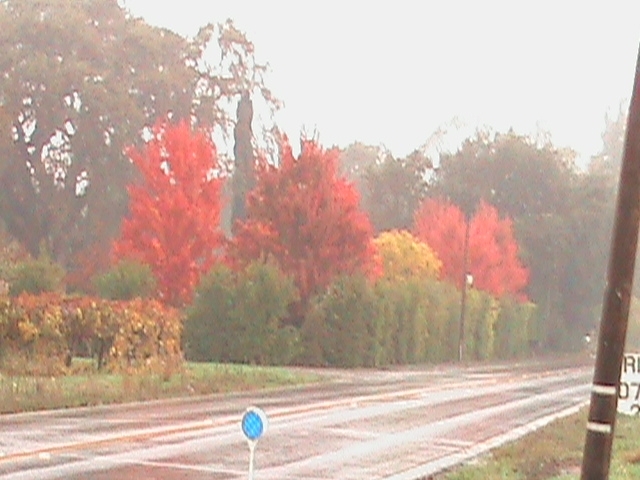
- Author: Kathy Thomas-Rico
It’s the day after Thanksgiving. Time to get ready for Christmas, right?
Perhaps we should soak up what remains of autumn before we embrace the wintry wonders of the holiday season. Get outside and look at all the fall color in our area. This year seems particularly colorful. The Chinese pistache (Pistacia chinensis) trees glow nearly fluorescent pink-orange, the liquidambars (L. styraciflua) are the pyramidal gold-orange-red standouts, the burgundy ‘Raywood’ ashes (Fraxinus oxycarpa) look positively velvety, and the Japanese maples (Acer palmatum) are the petite rubies and topazes of the landscape. Even the crape myrtles put on a good show, before the winds of November stripped most of them nearly bare.
If you’re in downtown Vacaville soon — perhaps for Merriment on Main on Tuesday, Nov. 29, when the community Christmas tree is lighted at 6 p.m. — you really ought to see what I think is the best example of fall beauty in all of Solano County. On the corner of Buck Avenue and West Street, in front of what is still called the old Hartley house, is an absolutely stunning Ginkgo biloba tree. I’m not sure of its age, but considering its size and how slow growing these trees are, it must be close to a century old. This tree literally stops traffic when it goes gold, which should be right about now.
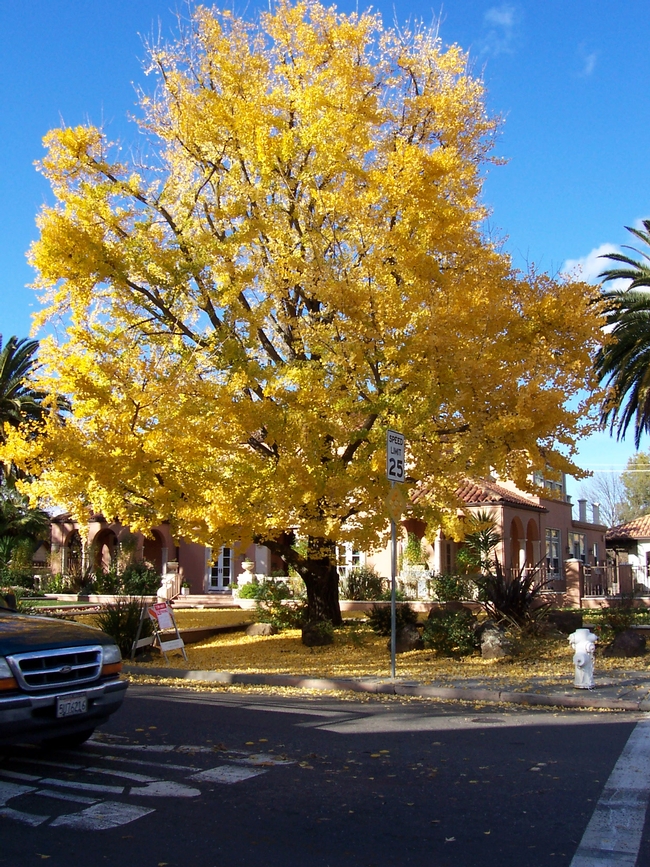
Ginkgos, also known as maidenhair trees, are considered living fossils. In fact, fossils of the ginkgo’s distinctive fan-shaped leaves have been found that date back to 270 million years ago. The trees were long thought to be extinct in the wild, but are now native to two small areas in China.
If you’re interested in planting one — ginkgos do well in our zones — be aware of the sex of the tree you choose. According to the UC Integrated Pest Management website, “Male trees are better as female trees produce messy, smelly fruit. Trees prefer areas with full sun. Plant in loose, well-drained soil, and provide moderate to regular amounts of water. Established trees only need occasional water.” (Check for more information on the few problems ginkgos face: http://www.ipm.ucdavis.edu/PMG/GARDEN/PLANTS/maidenhair.html)
Of course, one thing leads to another with all this lovely color. The season is called “fall” for a reason.



